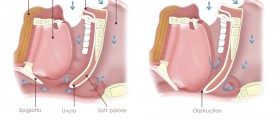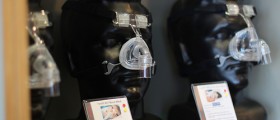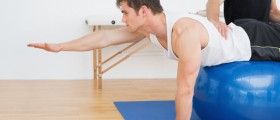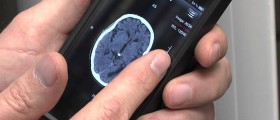Background
Not all people in the world can easily swallow and speak. These two activities depend on the ability of obtain a proper and enough closure of the velopharyngeal port. Both of these activities are complex and a group of muscles is needed to work in coordination on order for a person to be able to swallow or speak properly. These muscles are located along the upper aerodigestive tract. People need to know that velopharyngeal movements are not the same when a person swallows and when a person speaks. Certain patients cannot obtain the needed closure for speaking but are able to do so when they swallow. Phonation is the process of generation of column of air pressure passing from the subglottis into the upper airway. Some people cannot perform proper nasal resonance during speech because the air escapes through the nose during the process of creating the consonants.
Speech therapy
It is important that people get to know how important speech therapy is. This especially goes for people whose velopharyngeal dysfunction, or VPD, is minimal, or due to articulation errors. People who had certain types of operation should know about speech therapy as well. Speech therapy is known to provide good results for patients who suffer from compensatory articulation techniques secondary to VPD. In some cases, however, there is need for surgery and speech therapy cannot help in all situations. In some cases, patients may be suffering from VPD when their muscle tone in the oral musculature and soft palate is decreased. In this case, a person will need to apply speech therapy for a time in order to better the overall oral motor skills and enhance the strength of the velum.
Visual feedback
Kids who suffer from hearing impairments can be helped with visual feedback as a part of the therapy which is supposed to improve VPD. A person can use some simple tools like cold mirror or a paper paddle in order to see when the nasal escape occurs. Nasometer is used as a more sophisticated method.
Nasal continuous positive airway therapy
A person whose VPD is related to the oral motor issues or velar weakness can benefit from continuous positive airway pressure therapy. This type of therapy is supposed to make the palate stronger with the use of CPAP equipment. The problem with this therapy is that a person needs to perform the exercises for about half an hour for 6 days in a week and that can be troublesome for children.
People should also know that there are certain prosthetic which can be used to help people with VPD.

















Your thoughts on this
Loading...